
A list of character traits with a short project to reinforce actions associated with those traits.
- Subject:
- English Language Arts
- Material Type:
- Lesson
- Provider:
- E Reading Worksheets
- Author:
- E Reading Worksheets
- Date Added:
- 02/26/2019

A list of character traits with a short project to reinforce actions associated with those traits.
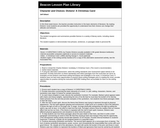
This three week lesson provides instruction in the basic elements of literature by reading Dickens' A Christmas Carol. Students are also provided the opportunity to understand how their choices can change their attitudes and behavior through a reading of the novel and a series of writing assignments.
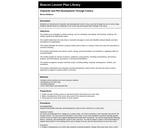
Students are introduced to character, plot development, point of view, and tone through the use of comic strips. Students will identify these four attributes in comic strips and present their findings to the class.

A series of worksheets, projects, lessons and activities on characterization for various student levels.
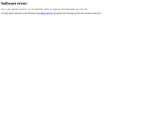
In this activity, students will divide into two teams to conduct a mock trial based on The Ransom of Redchief by O. Henry.

This lesson uses several strategies for scaffolding learning after reading a novel. The students work collaboratively to create Facebook profiles, Instagram profiles, plot diagrams and many other activities to evaluate their comprehension and analysis of a novel. This lesson gives students the opportunity to take charge of their learning by giving them choice.

In this lesson, students use the Cornell notes tool to do close reading of informational text.
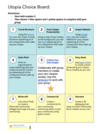
This culminating performance task is to be completed once students have finished reading The Giver by Lois Lowry. All students must complete the white square labeled number 5. Students will then pick one blue square and one yellow sqare to complete.

This curriculum guide covers six works of Laurie Halse Anderson (Chains, Forge, Ashes, Fever 1793, Independent Dames: What You Never Knew About the Women and Girls of the American Revolution, and Thank You, Sarah: The Woman Who Saved Thanksgiving), and contains discussion prompts, key vocabulary terms, and ideas for assignments and activities related to each book.

This teacher's guide for The Dark Side of Nowhere by Neal Shusterman contains a summary of the text, discussion questions, activities, and research assignments.

The story's narrator notices one morning that his nine-year-old son is ill. The boy reveals that while at school in France he heard that a person cannot live with a temperature over 44. The father explains the difference between the Fahrenheit and Celsius scales and tells his son that he is not going to die. In this CCSS lesson, students will explore this story through text dependent questions, academic vocabulary, and writing assignments.
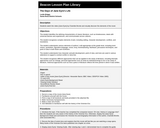
In this lesson, students watch the movie for "Jane Eyre" by Charlotte Bronte and visually discover the elements of the novel.

Students will become engaged learners through this unit that prepares students for studying ancient Greece with digital storytelling skills. First students develop a list of questions to research Greek gods, heroes, and creatures. Then with a partner, they choose the topic of their research and divide the questions between themselves. After conducting research, the partners write scripts for their digital story using the online tool PowToon.
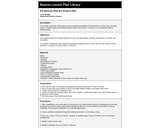
This lesson reinforces the elements of a short story including character, plot development, point of view, and tone and has students create a “visual†report of the literary elements with a short story. The report is a 12-sided ball called a dodecahedron.

This teacher's guide for Doll Bones by Holly Black contains a prereading activity, discussion questions, and postreading assignments.

This lesson works well as a follow-up to “Analyzing the Elements of Plot”***Students will work as a group to create their own fractured fairy tale. Once their story is complete, they will work to create a visual using the Merge cube to pair with their presentation to peers.

Students should have read up to the Seventh Watch. They will play a Gimkit game to review how elements of the story interact. Students will then create an alternate ending to the story. They must explain where they are stopping the original story and how some of the elements in the story interact with the new ending that they will create the alternate ending through Storyboard That.
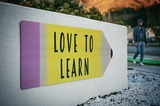
As a way to support teachers with English Language Arts (ELA) instruction during the pandemic, the NCDPI ELA team created choice boards featuring standards-aligned ELA activities.The intended purpose of these choice boards is to provide a way for students to continue standards-based learning while schools are closed. Each activity can be adapted and modified to be completed with or without the use of digital tools. Many activities can also be repeated with different texts. These standards-based activities are meant to be a low-stress approach to reinforcing and enriching the skills learned during the 2019-2020 school year. The choice boards are to be used flexibly by teachers, parents, and students in order to meet the unique needs of each learner.Exploration activities are provided for a more self-directed or guided approach to independent learning for students. These activities and sites should be used as a way to explore concepts, topics, skills, and social and emotional competencies that interest the learner.

Echo is a nymph that likes to gossip so a spell is cast upon her to only reiterate things that she has heard. In this CCSS lesson, students will explore this story through text dependent questions, academic vocabulary, and writing assignments.
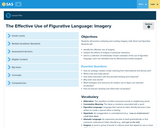
In this lesson students will identify the effective use of imagery and practice analyzing and creating imagery in particular selections.